It's actually a misnomer, because the ship isn't made of cement—but steel-reinforced concrete (a.k.a. ferroconcrete), which the WWI-era Emergency Fleet Corporation deemed necessary for a small handful of ships built for the war effort during a shortage of both steel and lumber circa 1917.
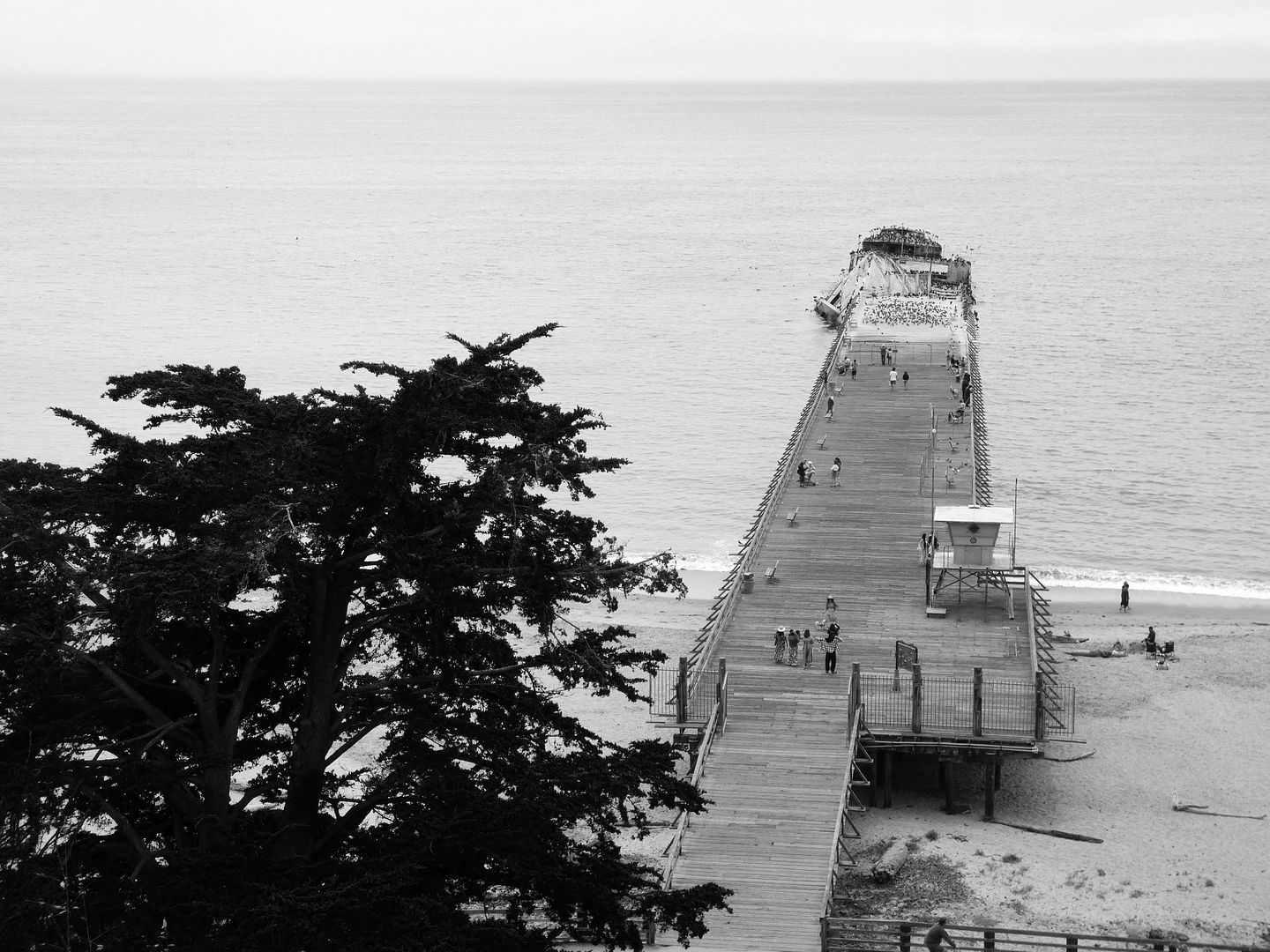
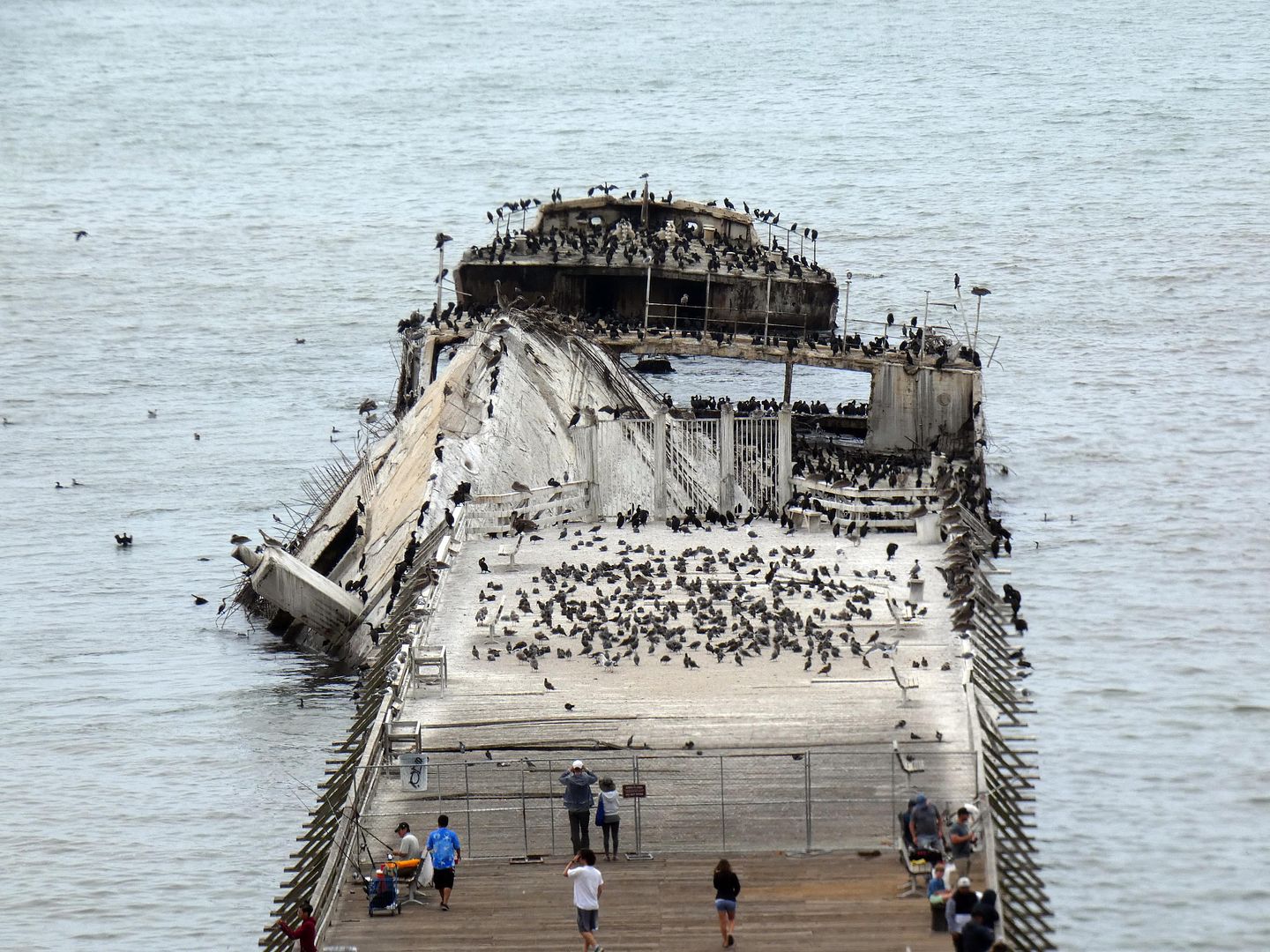
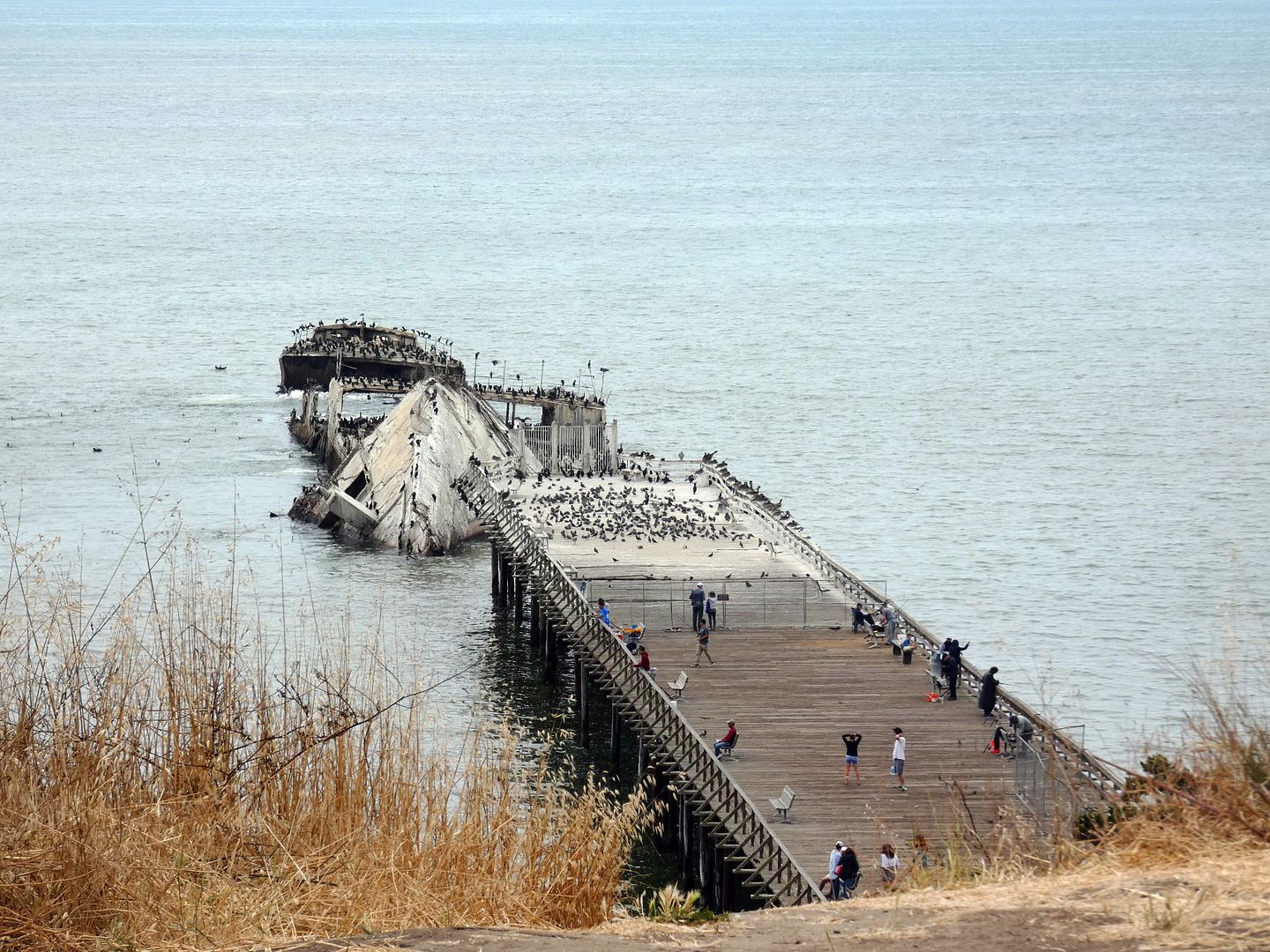


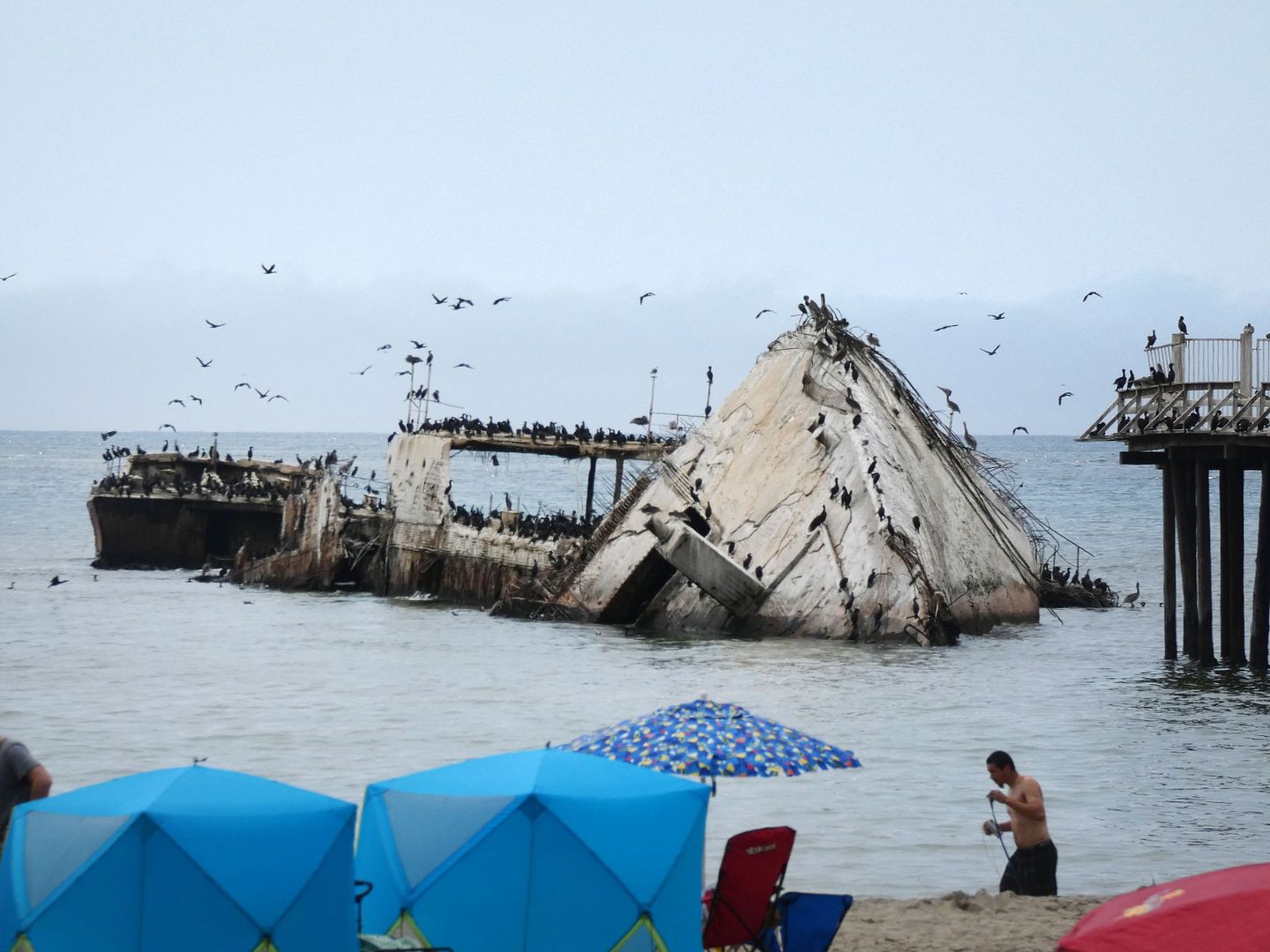
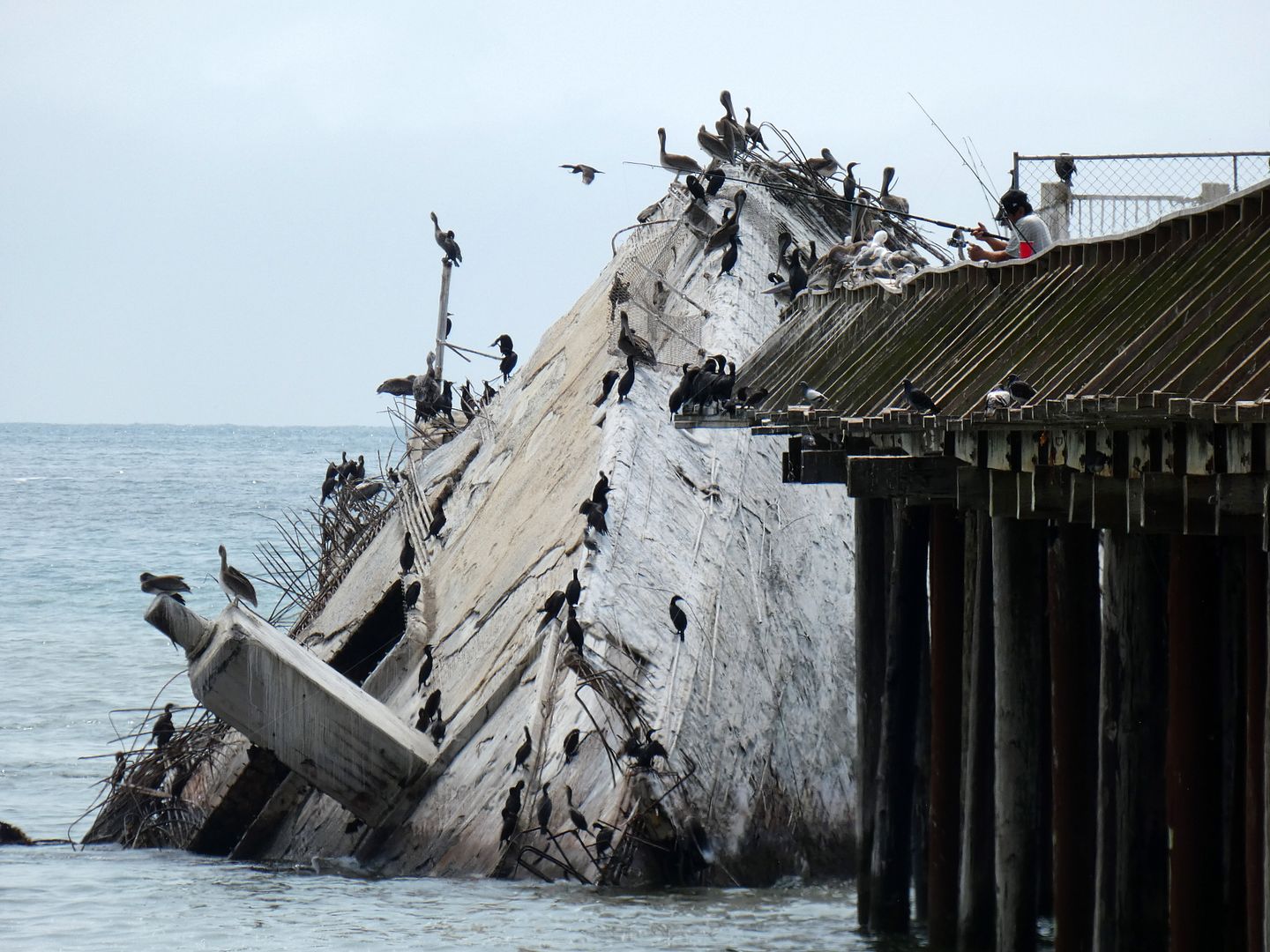
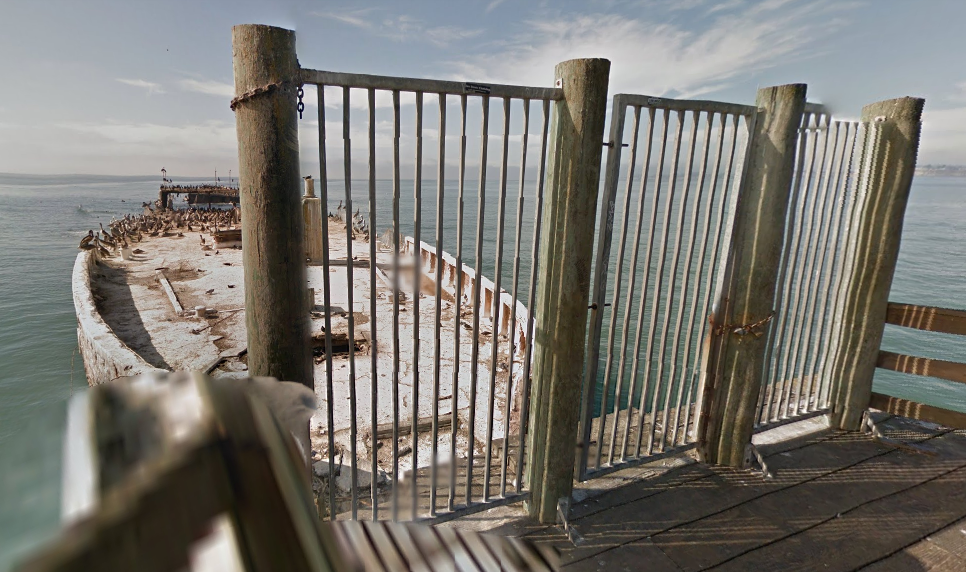 circa 2014, via Google Street View
circa 2014, via Google Street View
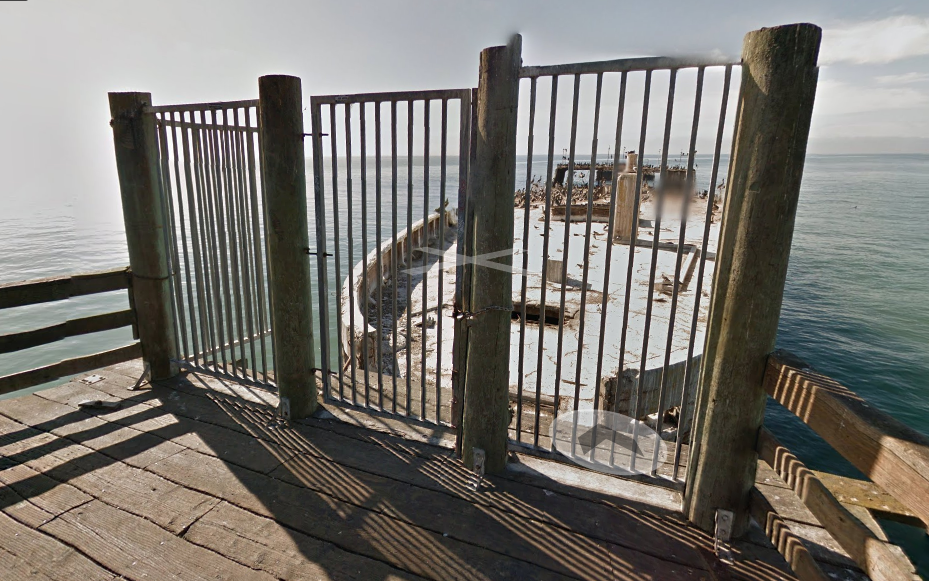

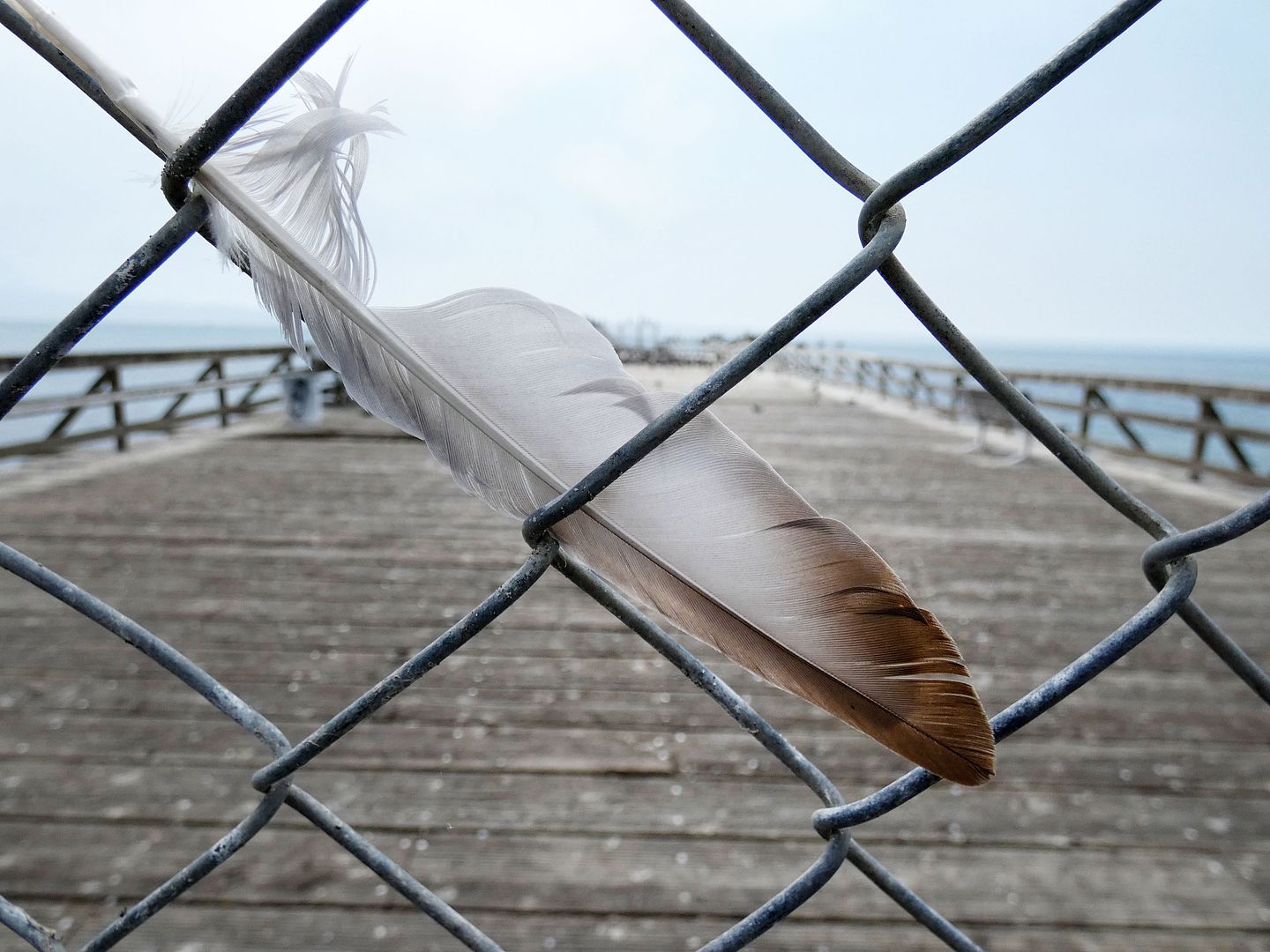
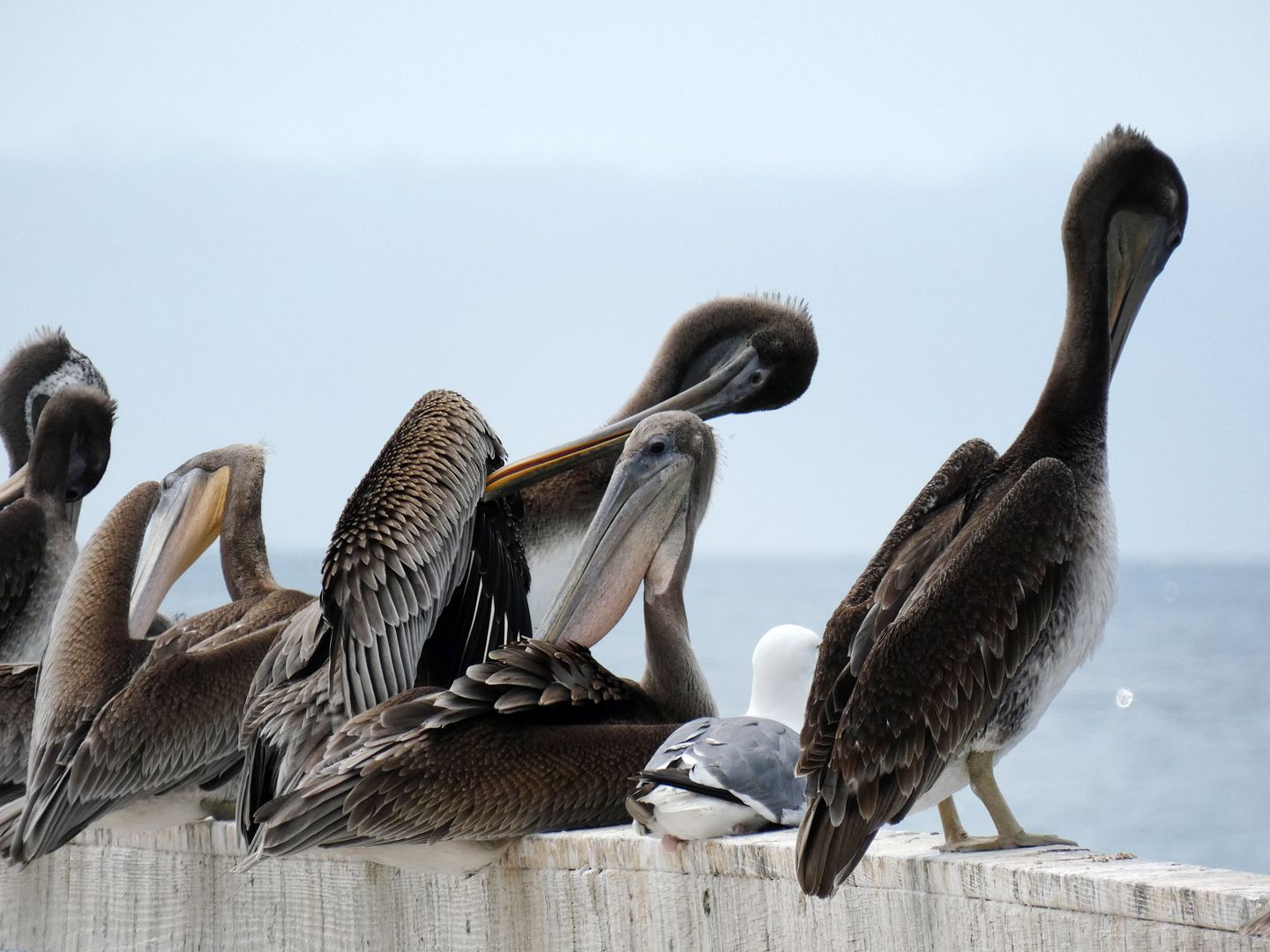
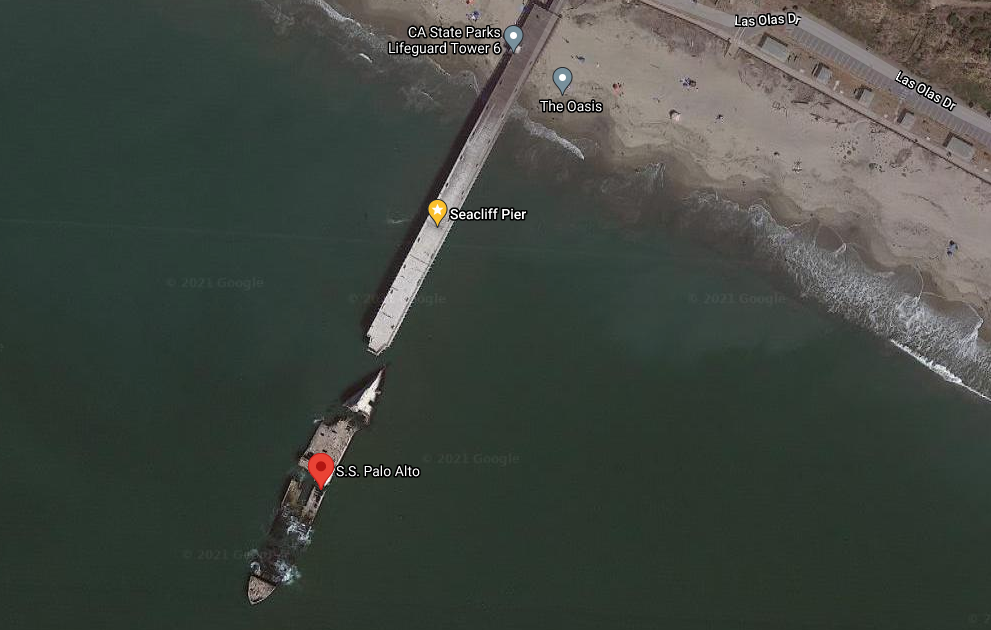
Only problem was that the 420-foot oil tanker, built by the San Francisco Shipbuilding Company at the U.S. Naval Shipyard in Oakland, wasn't finished and ready to launch until 1919—and by then, the war was already over.


Currently located at the end of the Seacliff Pier at Seacliff State Beach in Aptos, she didn't arrive there until 1930—when she was towed from the the Moore Shipbuilding Yard in the San Fransisco Bay, where she'd been docked since 1924.

The Seacliff Amusement Company of Nevada purchased her in 1929 with the idea of stripping her of her military accoutrements and transforming her into a party ship—with a heated swimming pool, restaurant (the "Fish Palace"), and a dancehall.

After she arrived in 1930 and the 630-foot pier was built to provide access to her, the party was in full swing. The Ship's Rainbow Ballroom, located on the main deck, booked the likes of Benny Goodman and Tommy Dorsey, who would later become the biggest of the big band leaders.

Unfortunately, the company went belly-up in 1932, after just two seasons of pleasure at the end of the pier. The following winter, the ship cracked straight down the middle during a winter storm.

Amazingly, the concrete ship actually stayed intact enough that people actually came aboard and fished off the side even decades later.

Not so anymore. After decades of being battered by high surf—included the highest of those waves, known as the "king tides"—she started breaking apart and shifting. During the 2016 El Niño season, the end of the ship that's closest to the pier simply broke off.
 circa 2014, via Google Street View
circa 2014, via Google Street ViewThe idea at the time was that they would simply close the ship for restoration—but the following year, another storm hit, this one with 34-foot waves that tipped over the broken end. Poetically, it occurred 87 years to the day that the S.S. Palo Alto began her voyage to Seacliff Beach (in 1930).

circa 2014, via Google Street View
That was the proverbial straw that broke the camel's back—because in the wake of that storm and the resulting damage, California State Parks announced that the ship would not be repaired. Instead, they'd let "nature take its course."

In 2019, locals celebrated the centennial of the S.S. Palo Alto's initial launch—but given her condition, it seems like her days might be numbered.

You can no longer even get to the end of the pier, which was also severely damaged in that same storm.

But even though she's broken up into big chunks—and you can't even take a boat to get close to her from the water—she's become a haven for coastal wildlife, including pelagic birds like pelicans and cormorants and even pinnipeds like seals and sea lions.

circa 2021 (via Google Satellite View)
She's not sinking per se—she's already settled into the seafloor as part of her permanent mooring all the way back in 1930. But she appears to be more and more submerged in the ocean waters—as though the Pacific is taking her all for itself, drowning her in an endless sleep. (Compare the above satellite view to the aerial view from 1952.)
For a very good view of the S.S. Palo Alto at Seacliff Pier circa 2015, check out the drone video above.
*all above photos circa 2021 copyright Sandi Hemmerlein/AvoidingRegret.com except where noted.
Related Posts:

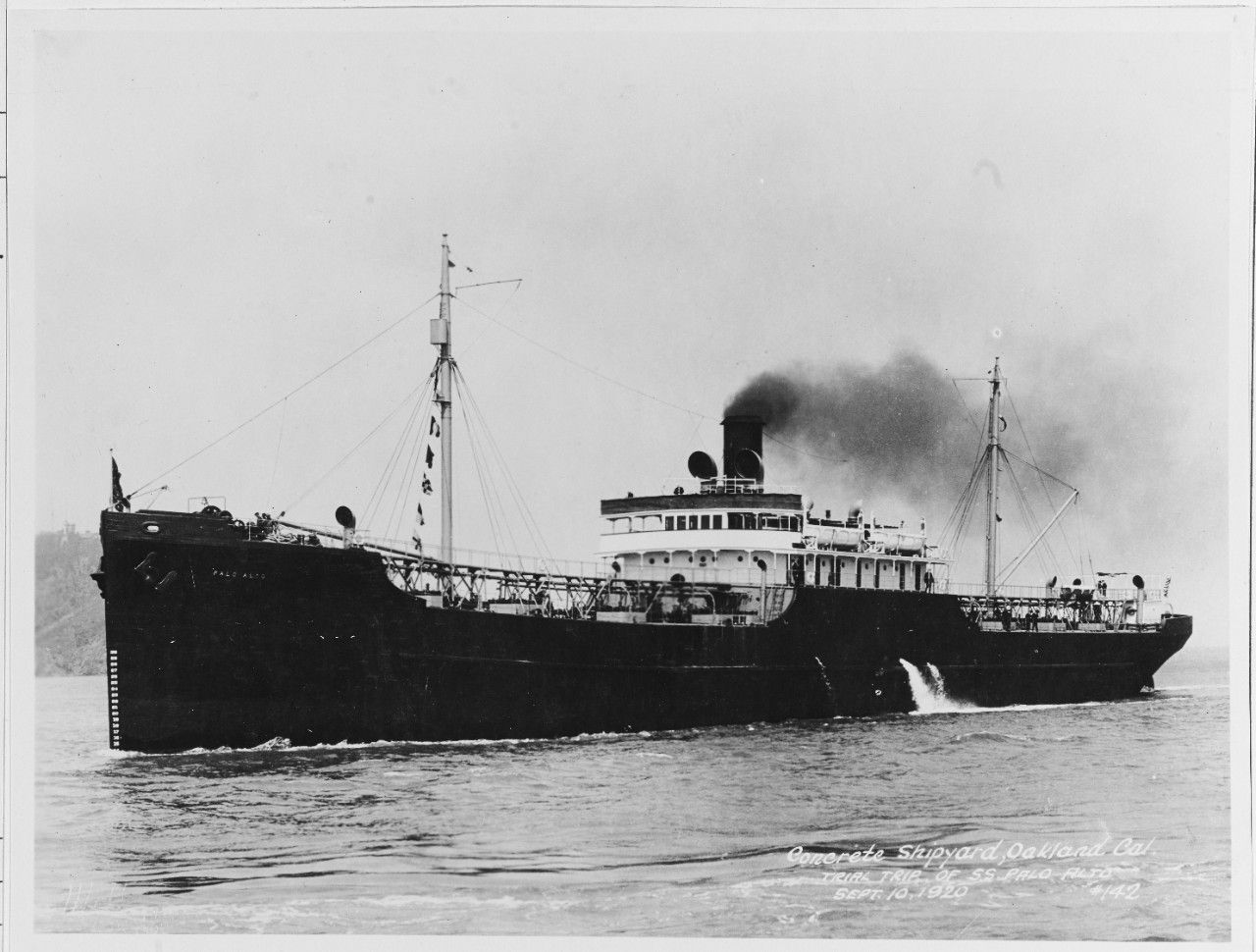
No comments:
Post a Comment